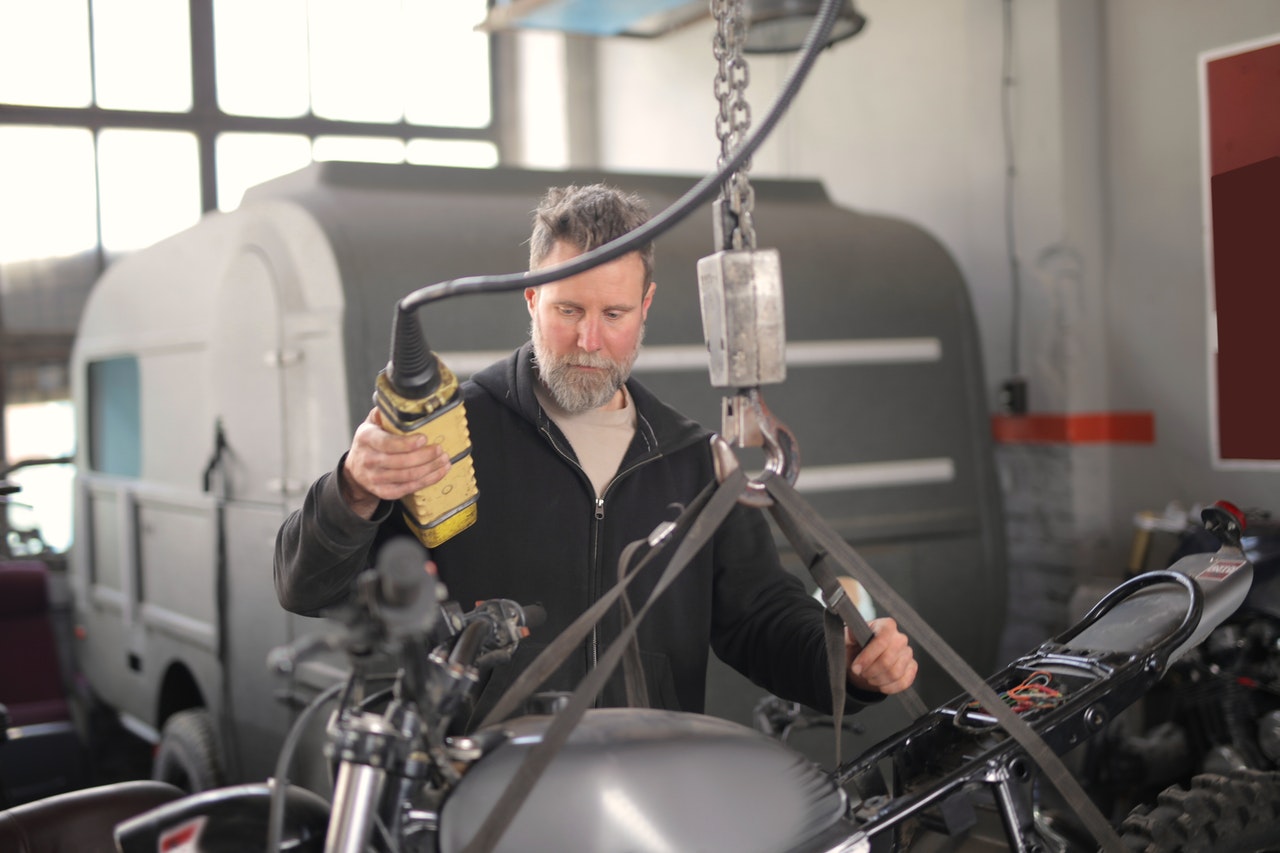Even with proactive maintenance and high-quality repairs, all long-running hydraulic pumps need replacing or upgrading at some point. Metal fatigue, random breakdowns, new technological advances, or sudden changes to your system, activities, or loop can all mean that you’ll suddenly find yourself in the market for a new hydraulic pump.
Even if your pump is still working well, it’s worth considering if you could fit a better matched, better optimised, or more up-to-date unit into your system to get the best performance and lifespan out of your hydraulics. Hydraulic failures and underperformance are often due to a pump that’s a poor match for your system and the tasks you’re doing. Here’s a quick guide on what to look out for when shopping for a hydraulic replacement pump.
What Type Of Hydraulic Pump Do I Need?
For your replacement pump, you can pick from:
- Gear pump – Pressurises hydraulic fluid by running it between two interlocking gear wheels to create vacuum motion. Excellent for use with high intensity, rapid-flow hydraulic systems. Gear pumps are known for their quiet, low-vibration, low-profile operation.
- Vane pump – Vanes use a central revolving shaft to generate a steady flow under moderate pressure. They are superb for systems that need fast activation and deactivation speeds, and reliable, gently actuating hydraulic motion to work.
- Piston/Rotary pump – Rotary cylinder actuation creates hydraulic pressure through a straightforward ‘pump’ motion. Pistons can be stacked in series to control pressurisation levels, creating a variable-speed hydraulic engine (much like a car’s drive).
All hydraulic pumps can be configured to provide constant or variable (interrupted) motion as need be. Different calibres and configurations can produce vastly different levels of pressurisation. You can also use specially adapted variant pumps to offset any eccentricity, interrupted flow, and tricky angles of application.
If you’re looking for a better pump and not just a ‘like-for-like’ swap, you’ll want to make sure you don’t repeat any past mistakes. A checklist (like the one below) can help you shortlist appropriate replacement pumps. It’ll help you ask the right questions when talking to suppliers or browsing parts catalogues.
Our Quick Hydraulic Pump Consideration Checklist:
- Viscosity, fluid, and abrasive chemical resistance – Can your proposed pump move the thick hydraulic fluid used in your system without jamming or slowing down? Is it fully proofed against any dangerous chemicals used within?
- Flow rate and pressurisation level – Can the pump provide enough raw hydraulic power to properly pressurise hydraulic fluid to the level required?
- Angle of pump application and torque adjustments – Will the pump still work if installed at an obtuse angle? Can you manually adjust your pump to fine-tune it to a precise angle of application?
- Maximum safe operating parameters – Can your chosen pump resist high temperatures, sudden shocks, and pressure surges alongside the standard strain of your system?
- Running and maintenance costs – Pumps require ongoing checks and replacement parts. Does the performance output of the pump make the total cost of ownership worthwhile?
- Fixed, variable, or static pressurisation? – Slight fluctuations in flow rate and pressure can affect how your system performs. Find the pump motion type and rate that’s best for what you want to do.
Precision Hydraulics From Hydrastar
At Hydrastar, we provide personalised hydraulic support for a wide range of industrial applications, from system design and consultation, to supply, maintenance, and spare parts. To discuss your requirements, please get in touch with one of our engineers today.
Image source: Pexels



